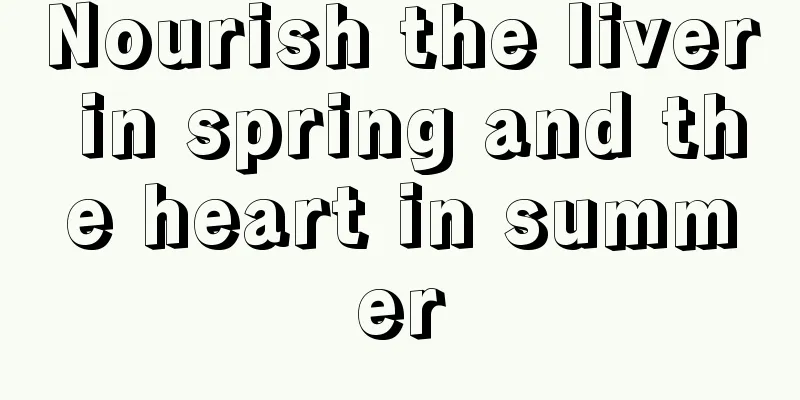Irradiating red bacteria with ultraviolet light

|
Many people have heard of hybrid breeding. The hybrid rice developed by Yuan Longping uses the principle of combining genes from different species to produce better genes. Mutation breeding is a breeding method that is exactly the opposite of hybrid breeding. It uses external factors to induce mutations in the species themselves. The use of ultraviolet rays to irradiate red bacterial culture fluid is also a research based on the principle of mutation breeding. When the culture medium of red bacteria is irradiated with ultraviolet light, a white colony appears after a few days. When the white colony is transferred and cultured, all the colonies grown are white. This mutation is artificially induced and belongs to mutation breeding.Mutation breeding refers to a breeding method that uses physical and chemical factors to induce mutations in the genetic characteristics of animals and plants, and then selects single plants/individuals that meet certain requirements from the mutant group to cultivate new varieties or germplasm. It is a modern breeding technology developed after selective breeding and hybrid breeding. In 1927, HJ Mahler of the United States discovered that X-rays can cause heritable mutations in fruit flies. In 1928, LJ Statler of the United States confirmed that X-rays had a mutagenic effect on corn and barley. Subsequently, H. Nilsson-Ehle and A. Gustafsson of Sweden used radiation to obtain barley mutants with practical value in 1930; D. Torunna used X-rays to breed the high-quality tobacco variety "Hlorina" in 1934. In 1942, C. Auerbach discovered that mustard gas could cause various mutations similar to those caused by X-rays, and in 1948 A. Gustafson used mustard gas to induce mutants in barley. After the 1950s, mutation breeding methods were improved and achieved more significant results. For example, the United States used X-ray and neutron mutation to breed Todd's Mitcham, a peppermint variety resistant to wilt disease that had not been successfully bred by hybridization methods. Since the 1970s, mutagenic factors have developed from early X-rays to gamma rays, neutrons, a variety of chemical mutagens and physiologically active substances, and mutagenic methods have developed from single treatments to combined treatments. At the same time, mutagenic breeding has been closely combined with hybrid breeding, tissue culture, etc., which has greatly enhanced the practical significance of mutagenic breeding. There are records in China of using drugs to treat the roots of peonies during the Xuanhe period of the Song Dynasty, thereby inducing color variation of the flowers. However, the use of modern methods for mutation breeding began in the late 1950s. After 1965, many excellent varieties were bred using this method and put into production in various places. According to incomplete statistics in 1985, there were more than 190 excellent crop varieties bred through mutagenesis.Through the research in recent decades, people's understanding of the principles of mutagenesis has gradually deepened. We know that conventional assisted hybrid breeding is basically the recombination of chromosomes. This technology generally does not cause chromosome mutations and it is even more difficult to touch genes. The effects of radiation are different. Some of them collide with atoms and molecules in cells, causing ionization or excitation; some produce photoelectric absorption or photoelectric effect in the form of energy; and some can cause a series of physical and chemical processes within cells. These will cause varying degrees of damage to cells. It will affect the number and structure of chromosomes, causing some chromosomes to break, some to lose a segment, and some to be connected head to tail in the process of "self-repair" after breaking, or to be "mixed up" and cause chromosome inversion and translocation respectively. Of course, radiation can also act on the base blocks of nucleotide molecules in chromosomes, causing mutations in genes (genetic codes). As for chemical mutagenesis, some agents use their alkyl groups to replace hydrogen atoms in other molecules, while others are analogues of nucleotide bases themselves, which can "pass off as genuine" and cause errors in DNA replication. Undoubtedly, these will cause mutations in the plant's genes. The induction of physical and chemical factors makes the mutation rate of plant cells thousands of times higher than usual, and some mutations are difficult to obtain by other means. Of course, most of the mutations produced cannot be inherited, so the early generations after radiation are generally not in a hurry to be selected. However, once good heritable traits are obtained, they can be bred into varieties or germplasm resources. According to statistics from the World Atomic Energy Agency in 1985, countries around the world had developed more than 500 varieties through mutagenesis, and there were also a large number of valuable germplasm resources. China's mutation breeding has also achieved remarkable results. In the past few decades, the number of varieties bred by mutation has accounted for about 10% of the total number of varieties bred in the same period. For example, the rice variety Yuanfengzao, the wheat variety Shannongfu 63, the corn variety Luyuandan 4, the soybean variety Tiefeng 18, and the cotton variety Lumian I were all bred through mutagenesis. Of course, like other technologies, mutation breeding also has its own weaknesses: first, the frequency of beneficial mutants produced by mutation is low; second, it is difficult to effectively control the direction and nature of mutations; in addition, it is difficult to induce and identify micromutations of quantitative traits. Therefore, mutation breeding should be combined with other technologies while seeking technical self-improvement. |
<<: What bacteria are in underwear
>>: How to avoid oral sex infection?
Recommend
What can I eat to lighten freckles? It turns out it’s all thanks to it!
Freckles are no longer a rare disease. Almost eve...
What fruits are good for kidney stones?
Patients with kidney stones should of course pay ...
Can white wine remove acne
Everyone knows that white wine has bactericidal a...
What are the treatments for melanoma
Melanoma is a highly malignant tumor originating ...
How to treat facial nerve paralysis
Facial nerve paralysis, which we usually call fac...
How to make roast duck delicious
Although roast duck is sold in many places, the c...
Experts explain the symptoms of pancreatic cancer that need attention
Pancreatic cancer is the most serious type of pan...
Are there any obvious symptoms of liver cancer in the early stage? Auxiliary therapy to prevent recurrence after liver cancer resection
Adjuvant therapy to prevent recurrence after hepa...
The risk of colon cancer caused by factors such as smoking, drinking and obesity is higher for women
Colon cancer is caused by high animal fat, animal...
Causes of polyps in the ears
Every part of the human body may develop lesions ...
How to make wine with deer penis
Deer penis is very useful in daily life. It is ac...
What are the causes of swelling all over the body
Edema is mainly a kind of edema phenomenon. Edema...
Don't do these seven things to protect your eyes
Eye care is very important, especially in contemp...
What are the symptoms of melanoma metastasis
What are the symptoms of melanoma metastasis? Mal...
The belly button smells bad
There are many common problems in life. When solv...









